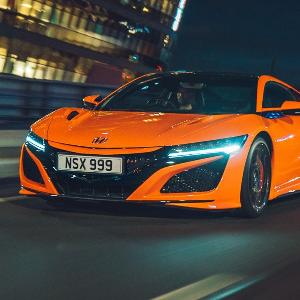
With emissions targets and tax incentives in mind, BMW has fitted the X3 family SUV with a plug-in hybrid system in a bid to boost the model’s appeal. But should you pick the hybrid over the regular versions?
There is a conundrum in the current automotive world; should you buy the conventional-engined version of your next car or the plug-in version?
With car makers racing to avoid stiff fines if they miss new EU and UK emissions targets, they’re rapidly bringing to the market plug-in hybrid versions and hoping that government tax incentives and impressive fuel economy figures will be enough to tempt people to buy them.
But if there’s a choice, should you go for the part-electric plug-in version or stick with either a regular diesel or petrol version?

BMW has had great success tempting drivers into the plug-in version of the 3-series and now it’s hoping for the same with the X3.

The first point of order here is to highlight that the 3-series plug-in’s success has come about because of tax breaks for company car drivers. As we stand, there’s almost no point for company car drivers to choose anything other than a plug-in car, be that a hybrid or a full EV.
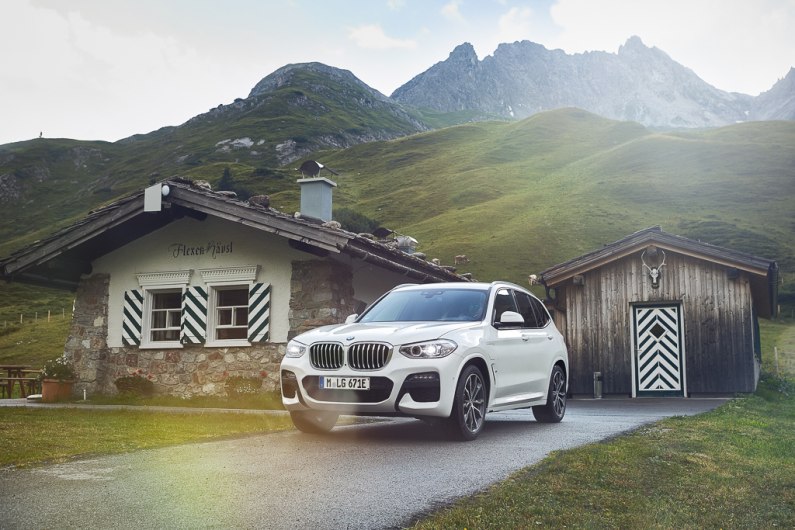
And from that point of view, if you’re a fleet driver and you want an X3, then you’d be daft not to choose the X3 xDrive30e. After all the company car tax saving compared to an xDrive30d is a whopping £5000 a year for a 40% earner.
But this would be a very short review if that was the end of the story.
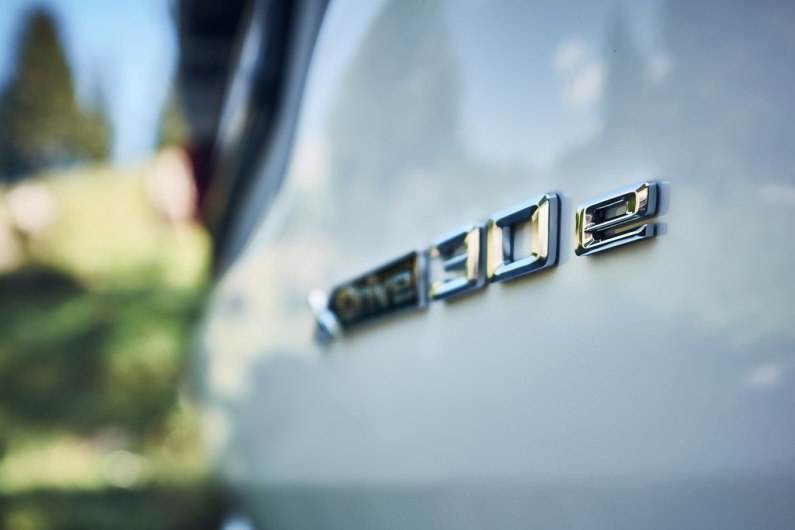
What if you don’t have the luxury of a company car? And even if you do, are there any circumstances where you should still pick the conventional engined version?
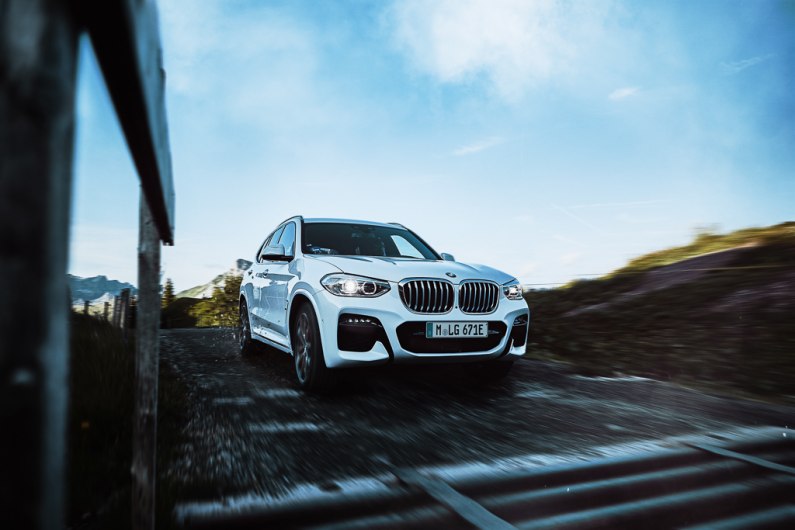
Barring a few subtle badges and an extra filler cap on the front nearside wing, the plug-in hybrid X3 looks near identical to the diesel or petrol version. And from the driver’s seat there’s only a few subtle differences too. A few extra buttons to control the hybrid system plus additional information available in the infotainment system and in the dashboard screen are all you can see.

Press the ignition button and drive off and the changes become more obvious.
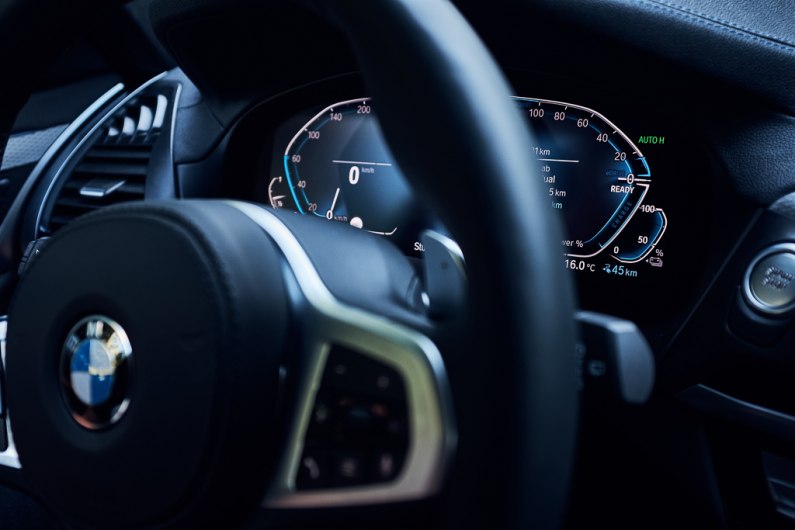
BMW’s diesels are very refined, but they can’t compete with the silence of an electric motor. At lower throttle inputs the X3 is essentially an electric car that, from the cabin, is totally silent.
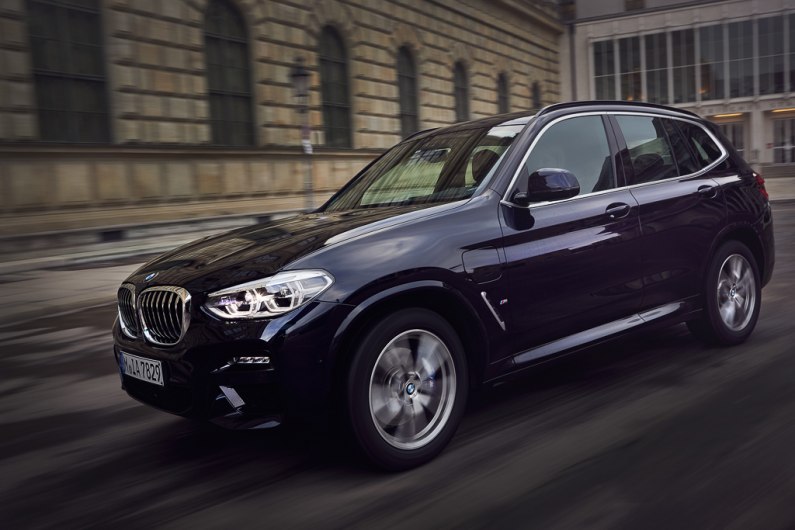
Even at higher speeds and larger depressions of the accelerator, or in some of the sportier drive modes the X3 is remarkably refined. This is particularly the case at motorway speeds.

One of the bigger, more noticeable, differences starts to manifest itself as you take on more fun driving routes or adopt a quicker pace down a twistier road. BMW has disguised the car’s additional 170kg of weight (xDrive30e vs xDrive30d) well, but it’s still there and noticeable when you change direction or try to stop in a hurry.
That said, put the hybrid in Sport Plus mode and you’ll have some fun.

That additional weight has also dulled the acceleration in comparison to our chosen diesel X3. Despite offering 292bhp, the hybrid has a 0-62mph time of 6.1 seconds against the 265bhp diesel which records a 0-62mph run of 5.8 seconds. Neither time is, though, slow.
Depending on your daily or annual mileage the hybrid has a chance to win back points.
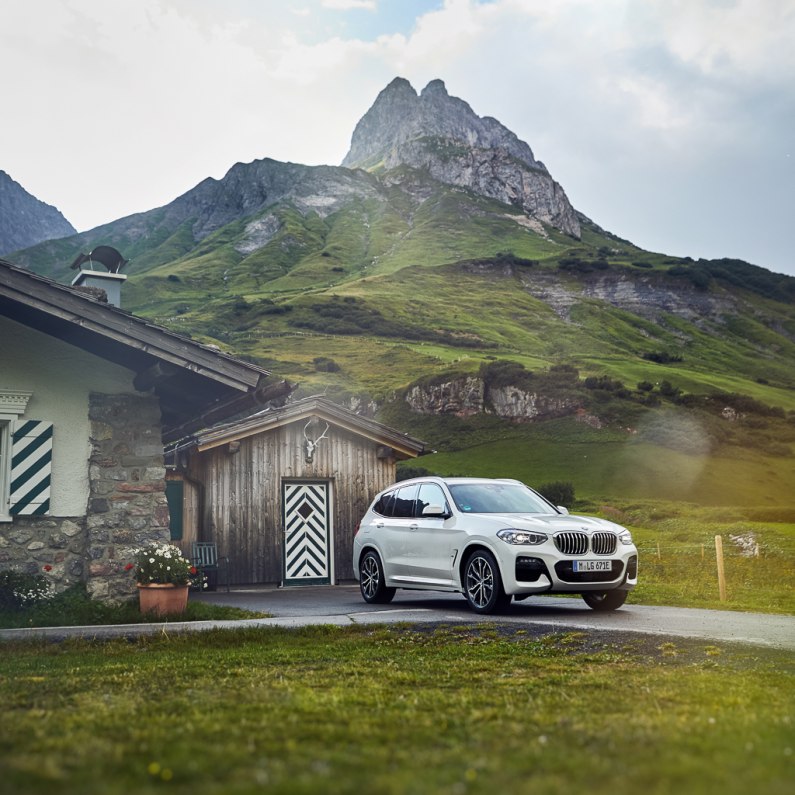
Over a week and around 250 miles made up of a couple of motorway trips and a lot of local journeys and always recharging at night, our recorded fuel consumption was hovering just over 80mpg. BMW claims the 12kWh battery will give a pure-EV range of up to 34 miles. However, if you’re doing constant long motorway trips, this would fall and the diesel would be more efficient.
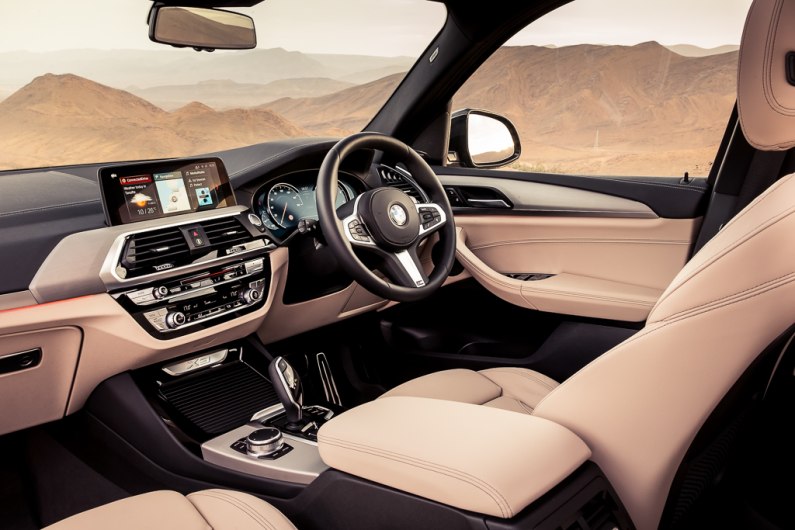
The biggest difference, thought, and potential deal-breaker between the regular and hybrid is with the boot space.
Because the X3 hasn’t been designed to accommodate the electric power systems there are some significant packaging compromises.
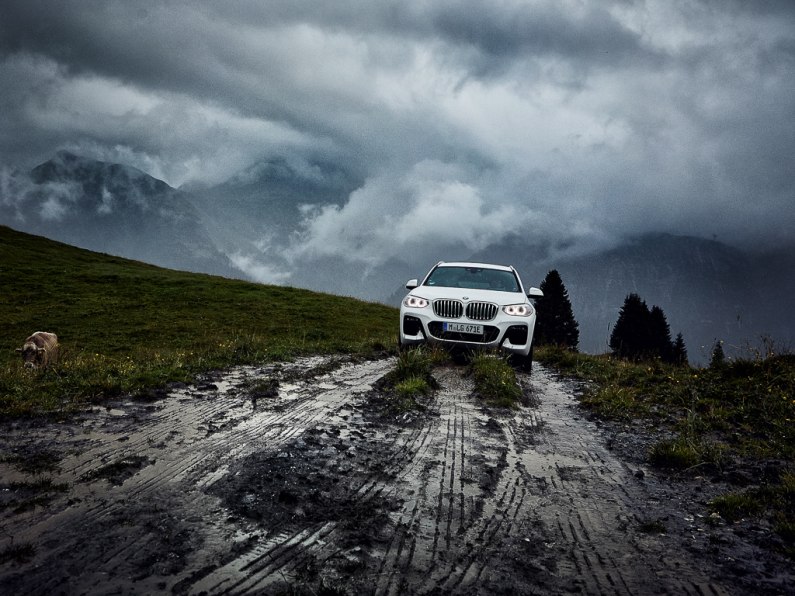
While the batteries are located under the rear seats, one assumes for better weight distribution, the fuel tank which usually lives under the rear seats has been moved to the boot. The result is a significantly raised boot floor, taking up 100 litres of space. The boot is still a decent size at 450 litres – that’s 55-litres more than the chief rival plug-in the Audi Q5 – but it’s not the gargantuan 550 litres of the regular X3. There’s also a bump that intrudes on the driver’s side of the boot that means the floor isn’t perfectly flat. The loss of space won’t matter to most, but if you’re buying a family SUV then the reduction will hurt when you load up for a family holiday or come to put your dog the back.
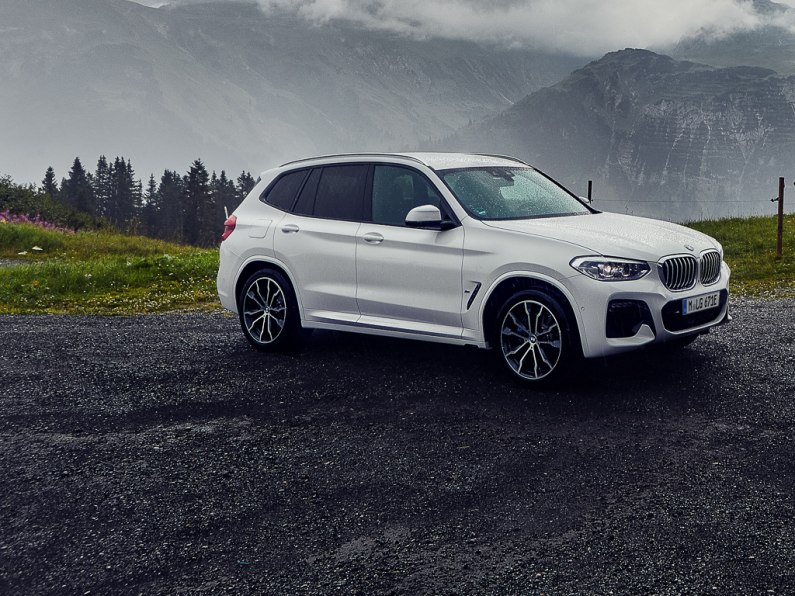
And, assuming you’re not a company car driver, this may be the deciding factor. Great as the BMW X3 xDrive30e is, if your ultimate driving machine needs to also be your ultimate family car, rather than just the ultimate efficiency car, then the equally mighty choice could be the X3 diesel.
Model tested: BMW X3 xDrive30e M-Sport
Price: £51,100
Engine: 2-litre four cylinder petrol plus 113bhp electric motor
Power: 292bhp
0-62mph: 6.1 seconds
Max speed: 130mph
MPG: 117.7 (combined)
CO2: 49g/km
